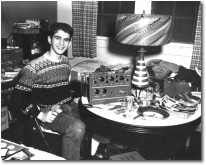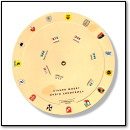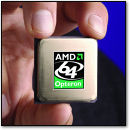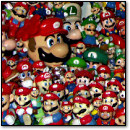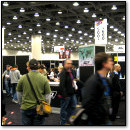The Basement Mac Museum
Thursday, February 1st, 2007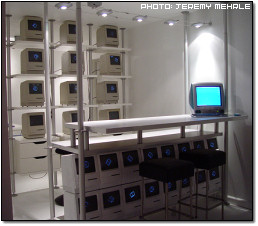 Deep in the heart of Missouri lies a secret underground bunker full of Apple Macintosh computers. Within its stark white walls, you’ll find the computer collection of Jeremy Mehrle, a professional graphic designer with a decided preference for Apple hardware.
Deep in the heart of Missouri lies a secret underground bunker full of Apple Macintosh computers. Within its stark white walls, you’ll find the computer collection of Jeremy Mehrle, a professional graphic designer with a decided preference for Apple hardware.
Actually, Mehrle’s presentation more closely resembles a swank nightclub than a bunker. The monochromatic color design and minimalistic furniture arrangement compliment the Mac collection perfectly, while adding an incredible touch of class to the makeshift museum. Dozens of compact Macs (mostly Classic IIs), which automatically run screen savers when turned on, engulf a tall bar area in one corner of the basement. In other section, there’s an eye-catching wall full of candy-colored iMacs. And don’t forget to take a stroll down the row of various all-in-one Mac models that includes the rare Twentieth Anniversary Macintosh. Eat your heart out, “Mac Shelf.”
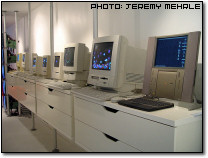 Merhle, who also goes by the handle “soyburger,” posted some pictures of his basement Mac collection on Flickr in August of last year, and links to the gallery have been virally spreading around the web ever since. I just recently ran across the photos myself and was so impressed with the aesthetically adept setup that I decided to contact Merhle and conduct a short email interview, which you can read below. There’s a lot more to see of Mehrle’s basement than the pictures here, so don’t forget to check out the full gallery as well, on Flickr.
Merhle, who also goes by the handle “soyburger,” posted some pictures of his basement Mac collection on Flickr in August of last year, and links to the gallery have been virally spreading around the web ever since. I just recently ran across the photos myself and was so impressed with the aesthetically adept setup that I decided to contact Merhle and conduct a short email interview, which you can read below. There’s a lot more to see of Mehrle’s basement than the pictures here, so don’t forget to check out the full gallery as well, on Flickr.
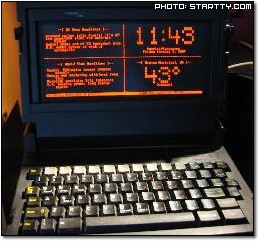
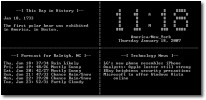
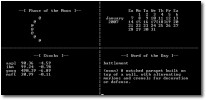
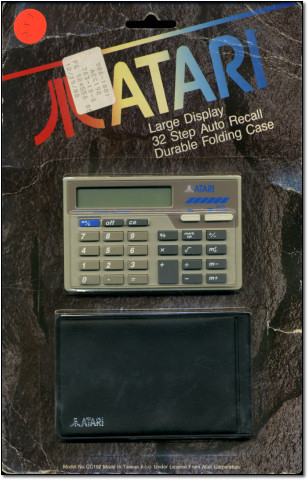
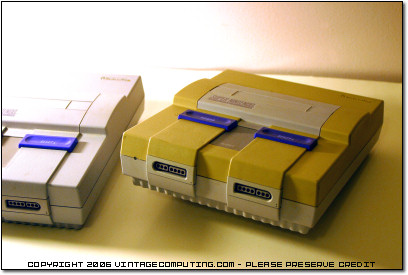
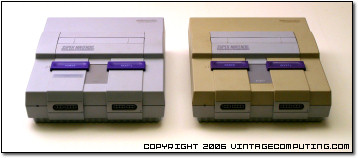
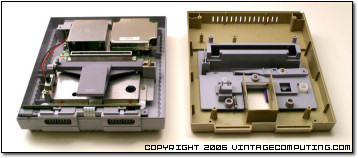
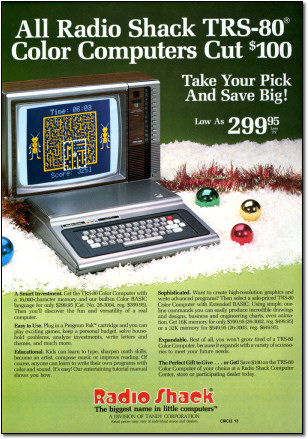
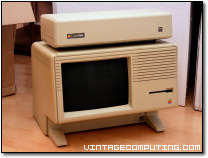
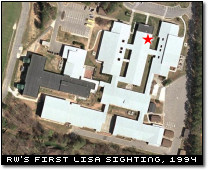 I had already been collecting computers for at least two years when I saw the machine, and I was always on the lookout for more additions to my collection. I had heard of a little-known machine called the “Lisa” that Apple released somewhere between the Apple III and the Macintosh, but I had never seen or used one. So when I spotted the Lisa in the library that day, it was an epiphany to me — the Apple story was vividly coming together in my brain. Knowing that the Lisa (a Lisa 2, as it turned out) in the school library was obsolete, I feared that the librarians wouldn’t know what to do with it and would throw it away. I had to take action, but I was painfully shy, and I was only about thirteen or fourteen years old. I was afraid to ask them about the computer because I figured they wouldn’t take me seriously. So I convinced my mother (the best mom ever) to drive back to the library after school and ask the librarians if we could buy the Lisa from them. The librarians had to decline the offer, since it had been donated to the library and was property of the county school system. Sadly, I fear that the Lisa in the library probably met a nasty fate not too long after that incident — a victim of short-sighted middle school bureaucracy.
I had already been collecting computers for at least two years when I saw the machine, and I was always on the lookout for more additions to my collection. I had heard of a little-known machine called the “Lisa” that Apple released somewhere between the Apple III and the Macintosh, but I had never seen or used one. So when I spotted the Lisa in the library that day, it was an epiphany to me — the Apple story was vividly coming together in my brain. Knowing that the Lisa (a Lisa 2, as it turned out) in the school library was obsolete, I feared that the librarians wouldn’t know what to do with it and would throw it away. I had to take action, but I was painfully shy, and I was only about thirteen or fourteen years old. I was afraid to ask them about the computer because I figured they wouldn’t take me seriously. So I convinced my mother (the best mom ever) to drive back to the library after school and ask the librarians if we could buy the Lisa from them. The librarians had to decline the offer, since it had been donated to the library and was property of the county school system. Sadly, I fear that the Lisa in the library probably met a nasty fate not too long after that incident — a victim of short-sighted middle school bureaucracy.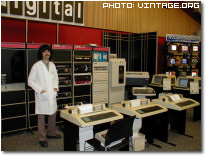
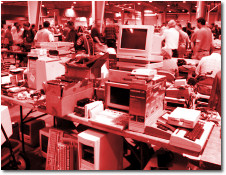 In
In 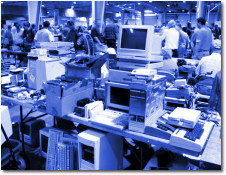 In
In 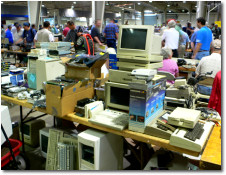 Those of you who have been reading VC&G for some time have probably encountered the occasional
Those of you who have been reading VC&G for some time have probably encountered the occasional 